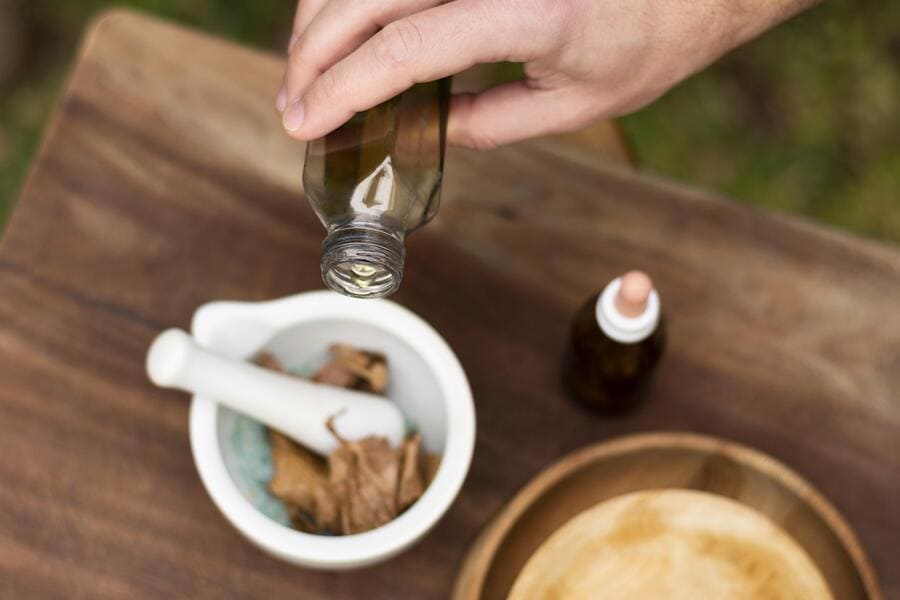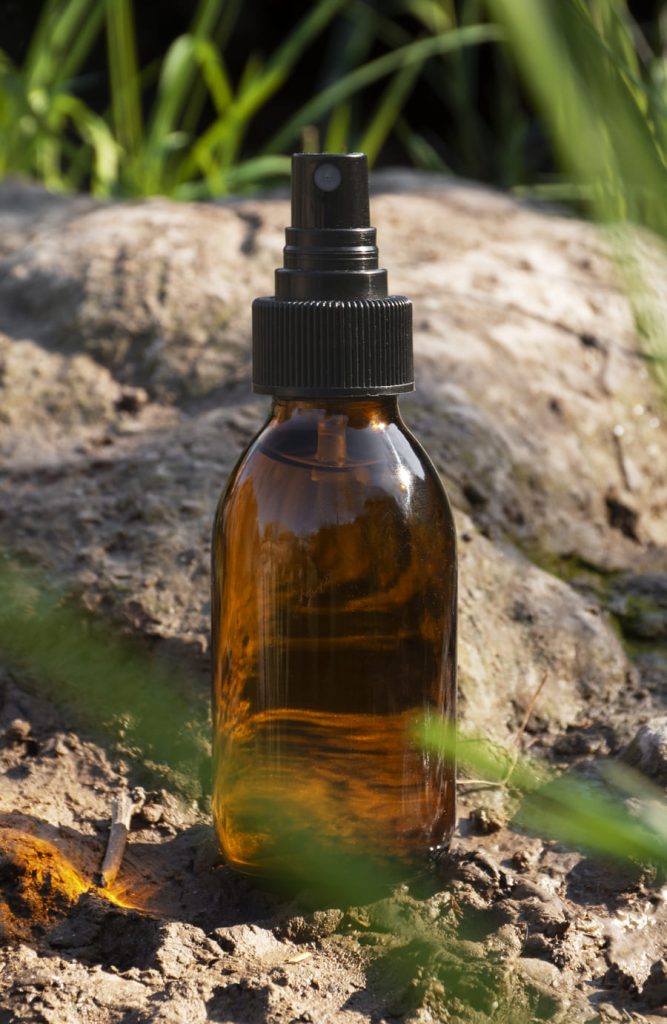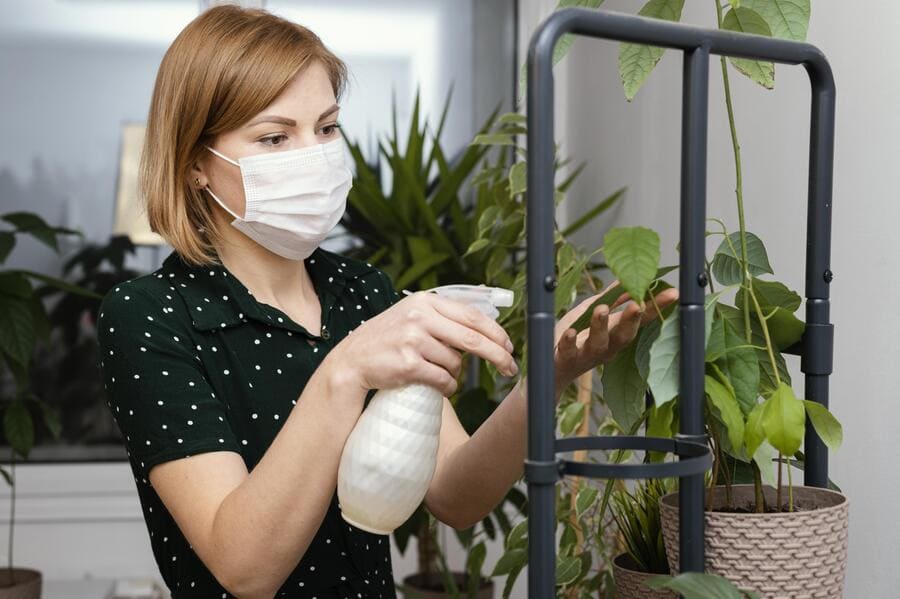For many people, the concerns for their home and property are usually burglar alarms or leaky roofs, but there is another concern equally capable of ruining our homes: pests. From ants marching across our kitchen counters, mosquitoes buzzing around during our evening barbeques or even larger critters, the impact affects us much more than mere annoyance or itching. Pests can transmit disease, trigger allergies, and contaminate our food, listen to this fact!
People who are dealing with pest issues typically first reach for the toxic sprays and bait because we think it’s the easier, long term solution. Many products we are using are using toxins originally developed by pharmaceutical companies, and then offense by being potentially dangerous or fatal to our kids, pets and planet! Remember, you do not have to use dangerous products, and do have alternatives! By changing some habits, you can create a wall of defence against all insects and rodents in your home without exposing a single chemical into your home.
Natural Insect Repellents That Actually Work

A better option than commercial insect sprays is to use natural repellent options, including essential oils. Essential oils are concentrated plant extracts and have many uses, including as a solid or liquid repellent.
- To keep ants and spiders from the edge of a windowsill, sprinkle peppermint oil on the edge of the sill. Or if to keep insects out of a room, you can use a spray bottle filled with a solution of peppermint oil and water no more than about 2 tablespoons of peppermint oil per spray bottle full of water, and fill the room with the spray.
- To further discourage unwanted infestations of moths, fleas, and mosquitoes, lavender oil can be soaked up in cotton balls and placed inside closets, or near doorways.
- Essential oils, such as eucalyptus and tea tree will simply interfere with insect’s respiration mechanism and work best with vaporizers or mists. If you’d like to use preventatives outside, you can put in potting natural repellents.
- Citronella grass will repel mosquitoes, and can be planted in pots near patios or garden borders.
- Basil and mint can be used to bring flavor to your parties, and if used near entryways, they also deter flies, mosquitoes, and ants.
- Rosemary and marigolds have no health risks and you can plant these two with no harmful impacts to pets (except for eating them) or humans. Rosemary and marigolds are very nice to add to your gardens and will stave off a wide range of insects and pests.
How to Use Them Effectively

There are several ways to effectively use natural insect repellents, my preferred method is to use a simple homemade spray. Mix 10-15 drops of essential oil of your choice, 1 cup water, and a teaspoon of mild dish soap, shake it really well before you use the spray each time.
There are also repelling herbs, flowers, that can protect with plant-based insect repelling, the areas of most use, (doorways, windows, patios, or anywhere else insects can sneak in). One thing to note, essential oils evaporates easily and quickly, please refresh your sprays or replace your cotton balls every couple of days, if you want the oil to remain effective!
Smart Prevention: Stop Pests Before They Start
Even the best repellents will not offer too much help if there is a plethora of easy points of entry and a buffet of food supplies for pests. Prevention is the most powerful protection, and simple fixes inside your home can help stop pests before they can become a bigger problem. To keep pests from becoming a larger issue later, remember prevention is the best defense, and there are a good number of fairly easy things you can do in your own home to lessen the probability of pests.
The most efficient step is to block off the areas or access points that the pests are using to enter your home. You will want to caulk any cracks or openings around your doors, windows, plumbing lines, and the foundation of your home. These tiny cracks could be highways for ants, spiders, anything including mice!
Also, add door sweeps and weather stripping to seal the gap under exterior doors, these are major access points for crawling insects and flies. Don’t forget about window and door screens; mosquitoes and flies can enter even the tiniest of tears! Make sure screens are in good condition, and consider an exterior magnetic screen door for your patio, not to give up airflow while keeping pests outside
Any loose packaging or open boxes will cause pantry moths and beetles to come out of hiding. Keep your prep areas wiped down, floors swept, and, whenever possible, take a look under appliances for crumbs, even a couple of grains of sugar could generate a long conga line of ants. Managing garbage is just as critical: ensure all garbage cans are sealed and kept emptied. If you compost, make sure to use a lid/covered bin; and to keep any flies and rodents at bay, turn your compost pile often.
By making these structural changes and modifying some of your cleanup habits, you can do much to close down the pest’s entry and food access, and do it totally naturally, no more repellents are needed. Moreover, you can try the following tips for ants and cockroaches which are some most common insects you’ll find in your home.
Target Ants with Natural Barriers and Disruptors
Ant control is about breaking apart their scent trails, and creating organic barriers that they don’t want to cross. For one simple remedy to sanitation, mix a 50/50 solution of water and white vinegar and wipe down your countertops, baseboards, or wherever you’ve seen the ant trails. This will surely ruin the pheromone trails for the ants that might have helped them navigate their environment.
Keep Cockroaches Away with Dry Treatments
Cockroaches prefer dark and damp hiding spots, controlling roaches means making your home as uninviting as possible. One natural method of controlling cockroaches is food grade diatomaceous earth. This powdery substance is made up of tiny, sharp edges. The sharp edges that cut the cockroach’s exoskeleton, which results in the cockroach dehydrating and dying. You can put a light dusting behind your appliances, according to roach travel routes such as under sinks, or along baseboards.
Conclusion
To sum up, we can say that dealing with some species-specific pest problems can be overwhelming. However, focused, natural approaches make this much more approachable. Instead of reaching for a broad-spectrum spray, focused approaches begin dealing with pests on a species specific level, by using an understanding of specific pest behaviors, habitats, and vulnerabilities to eliminate infestation at the source, without the complications associated with harsh chemicals.

Numrah Fareed is a freelance writer and home organization enthusiast with a passion for practical, eco-friendly living. When not typing away at her desk, she’s experimenting with DIY cleaning hacks and helping readers simplify their routines one tip at a time.
